The United States has been issuing paper currency since the Continental Congress authorized the printing of bills of credit in 1775. Over the years, the design of U.S. currency has changed several times, but the basic principles have remained the same. One of the most important principles is that all U.S. currency is legal tender, which means that it must be accepted for payment of debts. Are older $100 bills still valid?
What is Legal Tender?
Legal tender is any type of money that is recognized by the government as a valid form of payment. In the United States, legal tender is defined as coins and currency issued by the U.S. Treasury. This includes bills, coins, and other forms of currency that are currently in circulation.
Are Older $100 Bills Still Legal Tender?
Yes, older $100 bills are still legal tender. This means that they can still be used to pay for goods and services. However, it is important to note that older bills may not be as easy to use as newer bills. This is because older bills may not have the same security features as newer bills. As a result, some businesses may be reluctant to accept older bills.
What are the Security Features of U.S. Currency?
U.S. currency has a number of security features that make it difficult to counterfeit. These features include:
Watermarks: Watermarks are faint images that can be seen when you hold a bill up to a light.
Security threads: Security threads are thin, plastic strips that are embedded in the paper of a bill.
Color-shifting ink: Some of the ink on U.S. currency changes color when you tilt the bill.
Microprinting: Tiny text that can only be seen with a magnifying glass.
Latent images: Images that appear when you hold a bill at a certain angle.
3-D security ribbon: A ribbon that appears to move when you tilt a bill.
How Can You Tell if a $100 Bill is Counterfeit?
If you are unsure if a $100 bill is real or fake, there are a few things that you can look for. These include:
The watermark: The watermark should be located to the right of the portrait.
The security thread: The security thread should run vertically from the top to the bottom of the bill.
The color-shifting ink: The number 100 on the front of the bill should change color when you tilt the bill.
The paper quality: Genuine U.S. currency is made from a special type of paper that is difficult to counterfeit. The paper should feel crisp and thick.
The printing: The printing on genuine U.S. currency is very high quality. The lines should be sharp and clear, and there should be no blurry or uneven areas.
The microprinting: There is small, detailed printing on the front and back of the bill. This printing is very difficult to counterfeit.
The serial numbers: The serial numbers on genuine U.S. currency are unique and printed in a specific way. The numbers should be evenly spaced and the font should be consistent.
What Should You Do If You Receive a Counterfeit Bill?
If you receive a counterfeit bill, you should do the following:
Do not spend the bill.
Contact your local police department.
Contact the U.S. Secret Service.
The U.S. Secret Service is the federal agency responsible for investigating counterfeiting. If you contact the Secret Service, they will be able to provide you with more information about counterfeiting and how to report it.
Conclusion
In conclusion, older $100 bills are still legal tender, but they may not be as easy to use as newer bills. If you are unsure if a $100 bill is real or fake, there are a few things that you can look for. If you believe that you have received a counterfeit bill, you should do the following:
Do not spend the bill.
Contact your local police department.
Contact the U.S. Secret Service.
By taking these steps, you can help to keep counterfeit money out of circulation.
Here are some additional tips to help you spot counterfeit money: Are older $100 bills still valid? – Buy Dollar Bills.
Be aware of the latest counterfeiting techniques. Counterfeiters are constantly developing new ways to make their bills look more real. If you are not familiar with the latest techniques, you may be more likely to be fooled.
Be suspicious of bills that look too good to be true. If a bill is crisp, new, and has perfect printing, it is more likely to be counterfeit.
Be wary of bills that are received from strangers or in unusual circumstances. If you receive a bill from someone you do not know or in a situation where it is not clear where the bill came from, it is more likely to be counterfeit.
If you are unsure about the authenticity of a bill, do not accept it. It is better to be safe than sorry.
By following these tips, you can help to protect yourself from being the victim of counterfeit money.


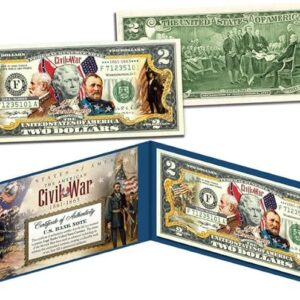
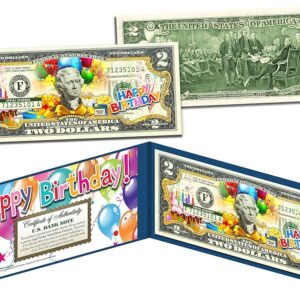
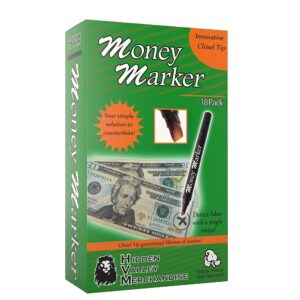

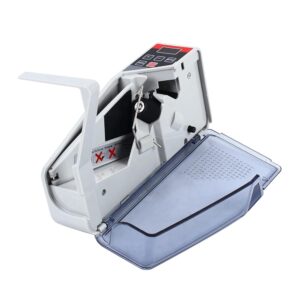
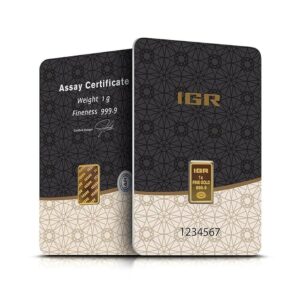
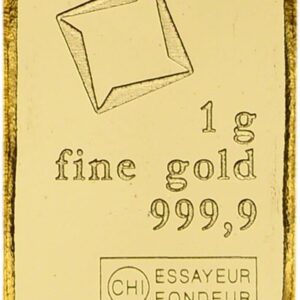

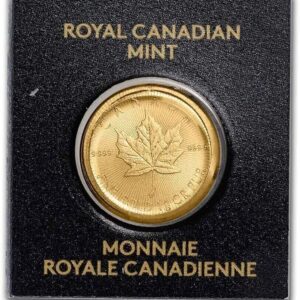

Thank you for any other informative web site. Where else may I am getting that kind of information written in such a perfect method? I’ve a challenge that I’m just now working on, and I’ve been at the look out for such information.
Your article helped me a lot, is there any more related content? Thanks!
Thanks for sharing. I read many of your blog posts, cool, your blog is very good.
Thanks for sharing. I read many of your blog posts, cool, your blog is very good.
Awsome post and right to the point. I don’t know if this is actually the best place to ask but do you guys have any ideea where to get some professional writers? Thx 🙂
Nice post. I learn something more challenging on different blogs everyday. It will always be stimulating to read content from other writers and practice a little something from their store. I’d prefer to use some with the content on my blog whether you don’t mind. Natually I’ll give you a link on your web blog. Thanks for sharing.
you may have a great weblog here! would you like to make some invite posts on my blog?
Your article helped me a lot, is there any more related content? Thanks!
I don’t think the title of your article matches the content lol. Just kidding, mainly because I had some doubts after reading the article.
After study a few of the blog posts on your website now, and I truly like your way of blogging. I bookmarked it to my bookmark website list and will be checking back soon. Pls check out my web site as well and let me know what you think.
Woh I like your articles, saved to favorites! .
Your article helped me a lot, is there any more related content? Thanks!
Real nice pattern and superb written content, nothing else we want : D.
Thank you for your sharing. I am worried that I lack creative ideas. It is your article that makes me full of hope. Thank you. But, I have a question, can you help me?
This blog is such a hidden gem I stumbled upon it by chance and now I’m completely hooked!
Some genuinely interesting information, well written and loosely user pleasant.
Thanks for your blog post. I would love to say that your health insurance brokerage service also utilizes the benefit of the particular coordinators of a group insurance policy. The health insurance professional is given a summary of benefits sought by someone or a group coordinator. What a broker does is hunt for individuals and also coordinators which usually best go with those needs. Then he reveals his ideas and if all sides agree, the broker formulates an agreement between the 2 parties.
|
Thank you for your sharing. I am worried that I lack creative ideas. It is your article that makes me full of hope. Thank you. But, I have a question, can you help me?
I don’t think the title of your article matches the content lol. Just kidding, mainly because I had some doubts after reading the article.
Thinking about a secured loan to manage your financial obligations? Find out more and see what solutions may be available to you.
As a fellow blogger, I can appreciate the time and effort that goes into creating well-crafted posts You are doing an amazing job
Can you be more specific about the content of your article? After reading it, I still have some doubts. Hope you can help me.
Your article helped me a lot, is there any more related content? Thanks!
This is exactly what I needed to read today Your words have given me a new perspective and renewed hope Thank you
My husband and i got so contented that Edward could round up his investigation out of the ideas he discovered out of the blog. It’s not at all simplistic to simply possibly be handing out ideas that many others have been trying to sell. So we do know we’ve got you to give thanks to for this. All the explanations you have made, the easy blog menu, the relationships your site help foster – it’s got mostly remarkable, and it is assisting our son in addition to our family consider that the idea is exciting, which is certainly exceedingly fundamental. Thanks for everything!